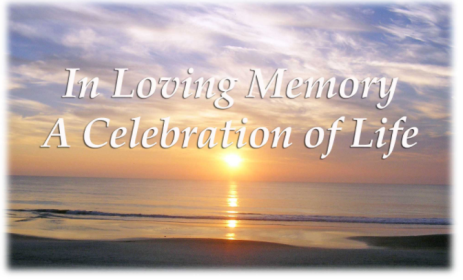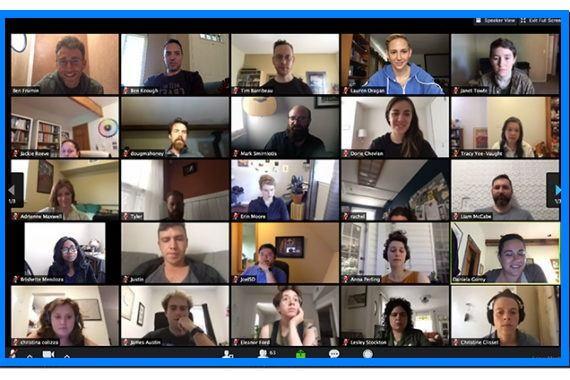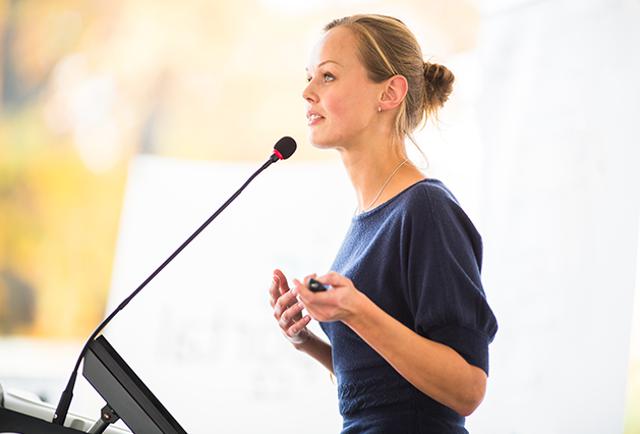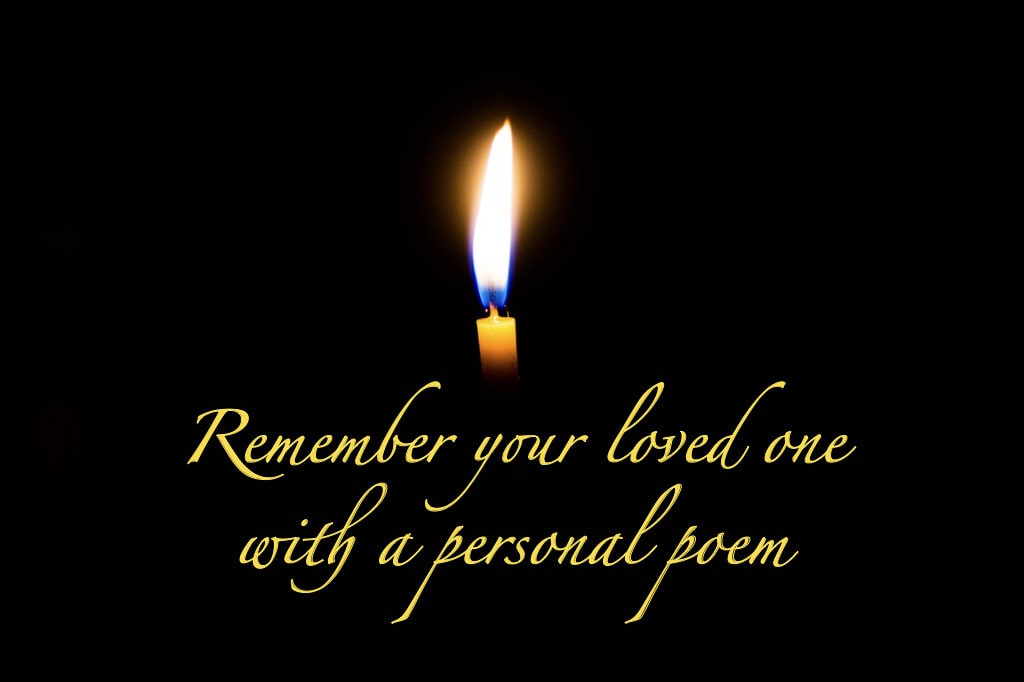Preparing Order of Service
Preparing for a Memorial Service
Things to Consider when Planning a Farewell Ceremony
Organising a funeral is not something many of us have to do often, so when the time does come, it can feel overwhelming.
Your dedicated event planner will guide you in creating a custom program that may include speakers, celebrants, clergy, musicians, and singers. We will offer suggestions on how to structure the flow, incorporate personal elements, cultural and family customs, traditions, and religion.

Expressed Wishes
If a person has expressed their wishes for how they wanted their funeral to be conducted, perhaps in a will, through an Enduring Power of Attorney, or in another document – then those wishes should be followed if possible. Where it is not possible to carry out the wishes, you are not legally obliged to follow them. You can also decide whether or not you would like the service to be attended by people other than immediate family members. Whether you choose a small ceremony for family only or a large ceremony with everyone they loved, both are valid options to celebrate their life and grieve their loss.

Time and Date
Choosing a time to hold the funeral or memorial service is a personal choice. The service does not need to happen immediately unless the person held cultural or faith beliefs regarding the timing. If you would like more time to grieve before the service or need time to prepare plans for the service, you can consider having the burial or cremation occur immediately, followed by a memorial service at a later date.
When choosing a date and a time of day for the funeral or memorial service, be sure to allow time to consider the following things:
Timing of Other Events such as direct family members’ birthdays or anniversaries
Preparing a Eulogy
Preparing an Order of Service
Gathering Photographs for an audio-visual slideshow presentation

Type of Service
What happens in a memorial service will largely depend on the tone you would like to set for the ceremony. For example, your service could feel like:
A celebration of a life well-lived
An expression of sorrow
or
a combination of both
Order of Service
What things would you like to happen during the service? Some common traditions that people often use in services include:

Eulogy:
People who were especially close to the deceased person during their life read a brief speech about the person and their life. Speeches can focus on life achievements or on the person’s values. More than one eulogy may be given, such as a representative from the family and a representative from an association the person was involved in.
Our “Guide to Writing a Meaningful Eulogy” provides a template to assist you.

Slideshow:
An audio-visual slideshow presentation of photos from the person’s life, usually accompanied by music.
Create your slideshow by using our Video Presentation Service and “Guides to Scanning/Uploading Photos” and “Music Selection”.

Songs or Hymns:
Those gathered may sing one of the person’s favourite songs or hymns together. Music can be played by musicians or from a recording. It is also nice to have music to be playing in the background as people are arriving and at the conclusion of the service.
Select from our wide range of religious and contemporary music: “Music Selection“.

Prayers and Bible Readings:
Depending on what faith the deceased person held, it might be appropriate to give a brief message about that person’s faith or about their beliefs regarding life after death. Many different faiths have a tradition of ending the service with a prayer for the deceased person’s legacy and their family, or a vigil (a time of silent meditation) or lighting a candle in the memory of the deceased person.
Select from our wide range of religious and contemporary music: “Bible Readings, Prayers and Blessings”.

Poetry:
Poems or other readings may be read out to those gathered, perhaps from the person’s favourite book or scriptures. Select from collection of popular poems.
“Memorial Poetry” offers a wide selection of popular poetry
Ethnic Customs:
Many ethnicities of the world have different customs and traditions that are performed to say goodbye to a loved one.
Military Service:
If the deceased person was a veteran, you should notify their branch of the army, navy, or air force.
Deal with Controversies:
Consider if there are issues to be discussed or conflicts to be resolved that will help attendees deal with the death. It may be best to address a controversy before the service rather than to ignore it. A therapist or religious leader may assist with this process, and help bring resolution to particular attendees. This therapeutic session should be held separate from the memorial service – if possible, at least one to three days before.
Send Invitations:
All those to be included in the memorial service should be notified either via email, social media or with a phone call. As part of our service, when you are scheduling the service on our site, you can include a list of email addresses and we will automatically send out the invitation for you.
Wake:
This is usually a short, casual time where family and friends can reminisce and share stories of their loved one.
A one hour wake is provided free of charge following the online memorial ceremony.
Mourners can break off into smaller groups to share personal memories of their loved one.
There will be guests at the service who know your loved one from many different areas of their life. Pre-arranged breakout rooms will be ready for use which represent each of the person’s unique communities.